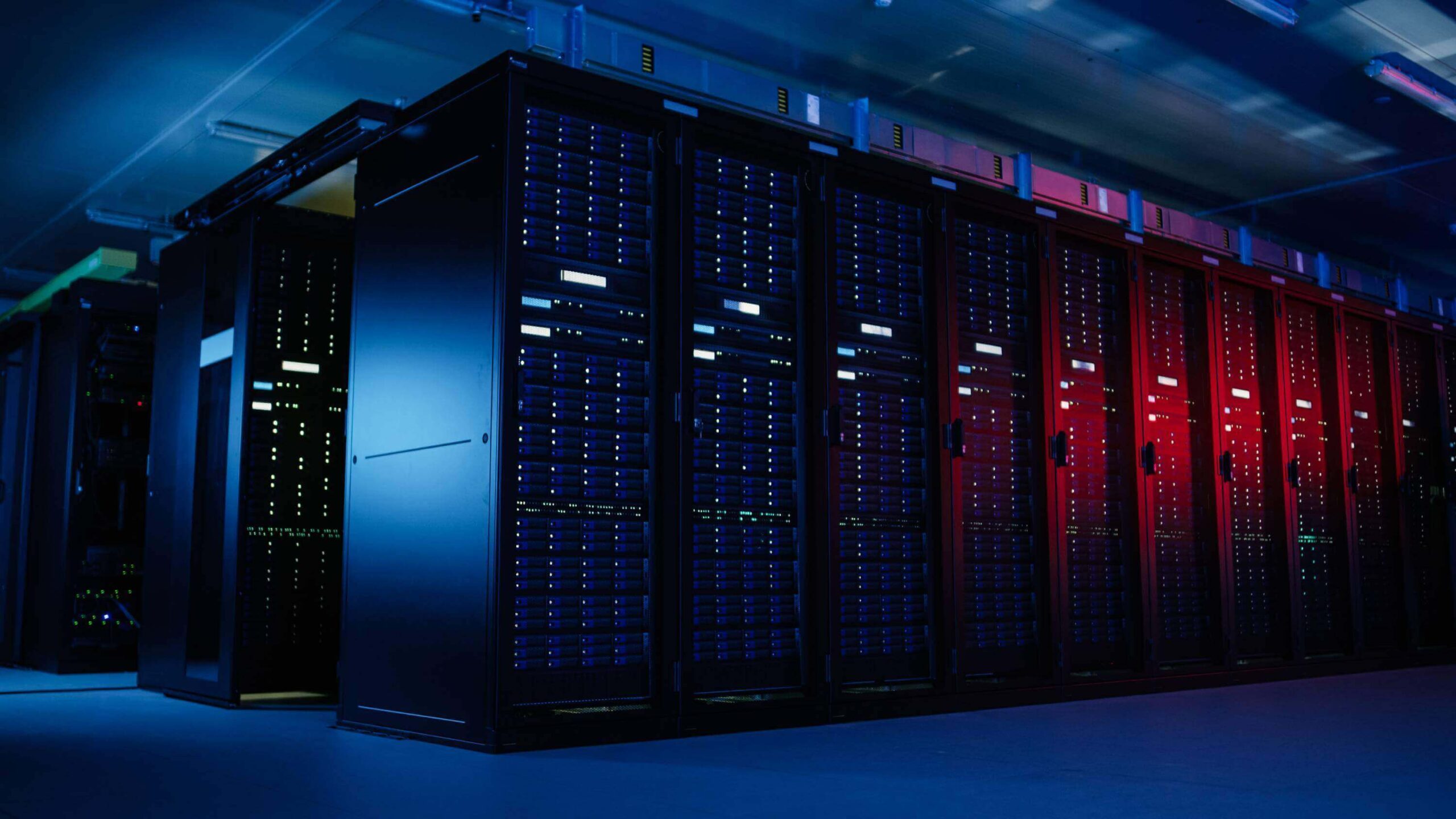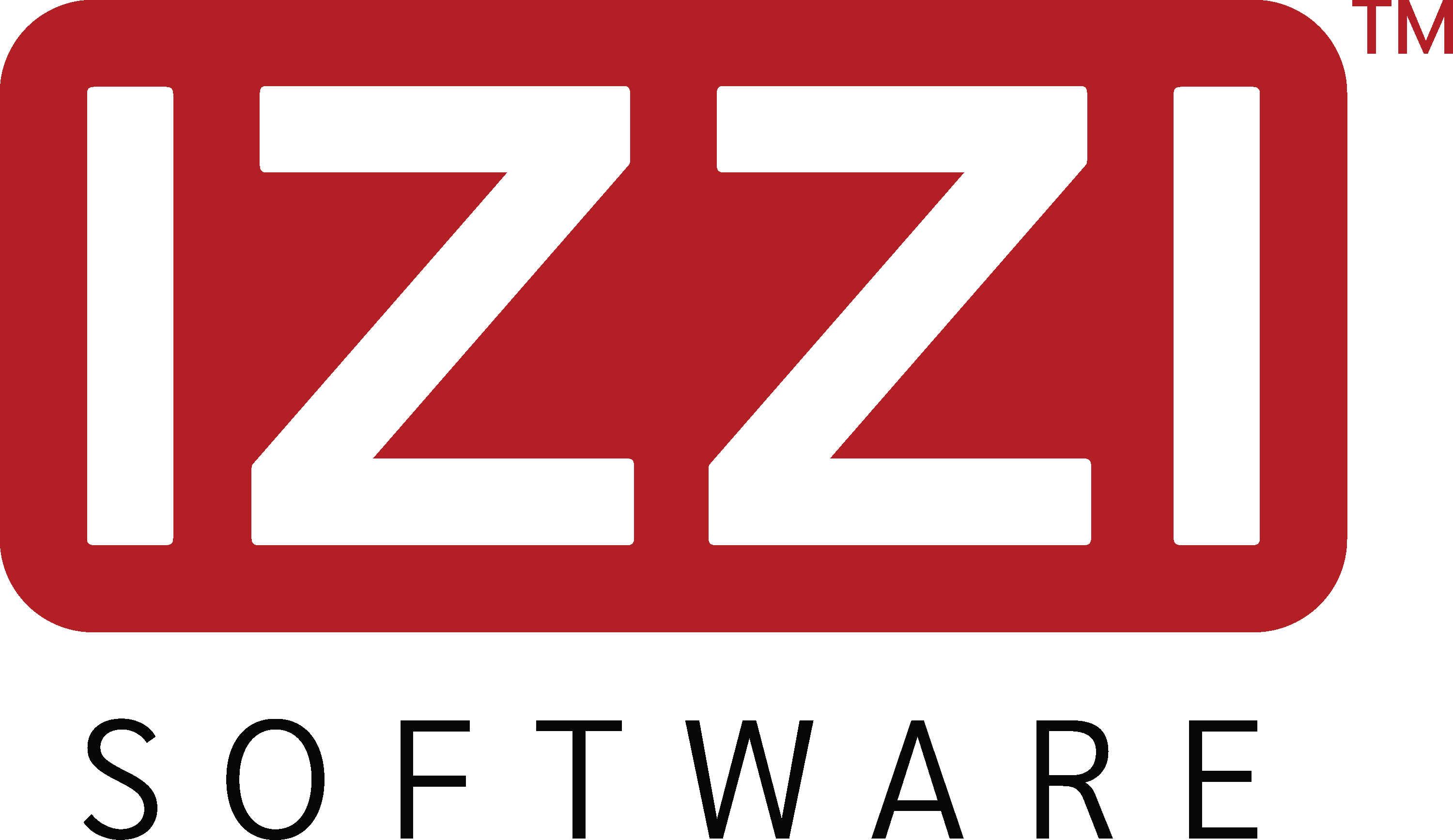The business world changed forever on April 7, 1964, when IBM introduced the System/360, the first mainframe computer for general business. Since then, mainframes have been the most reliable and powerful computing systems for major verticals including banking, finance, healthcare, government, utilities, air travel, and more.
As technology advances, the mighty mainframes that help power major businesses face competition from new platforms – yet paradoxically that same march of progress increasingly makes mainframes the only platform powerful enough to help industries that rely on massive amounts of data to successfully serve the public. Despite being more than 60 years old, mainframe technology isn’t aging out and remains a smart choice for many organizations that need robust, secure, and dependable computing. Mainframes aren’t an $8 billion annual industry by accident!
Who Uses Mainframes?
To understand the power and utility of mainframes, you need only look at the major institutions and industries that rely on them. Ninety-two out of the top 100 banks use mainframes to process the enormous volumes of data they handle every day. That’s because mainframes can efficiently and securely serve millions of people simultaneously making transactions, transfers, withdrawals, and inquiries.
Mainframes are ideal for any industry where massive numbers of calculations and interactions take place at the same time. That’s why government agencies, the entertainment industry, logistics and transportation, STEM research institutions, and the military (among others) all depend on mainframes to achieve and exceed their operational goals. It’s also why emerging industries (such as AI) will continue to leverage the power and dependability of mainframes.
No Signs of Slowing
The more advanced technology becomes, the more that technology needs the power of mainframe processors. For one thing, the amount of data the modern world produces is simply too massive for any other system to handle — the amount of data increases 22% every year – and that’s before accounting for major leaps like generative AI, which is already spiking data usage worldwide and is expected to grow by 36.6% annually through 2030.
Quantum computing, the internet of things (IoT), and the metaverse will all depend on mainframes to perform the millions of calculations per second necessary to provide peak utility to business users. Mainframes are also the most secure platform available for these kinds of calculations because its simplified architecture reduces the number of vulnerable entry points for hackers and malware, and their robust processing power makes finding intruders easier. As new technology makes data breaches and ransomware more and more of a concern, mainframes are equipped to properly protect business data.
The Future is Bright
As mainframes remain indispensable for the businesses and services that keep society running, new generations of users will enter the computing industry and will need to learn how to use mainframes. That’s why the mainframe systems of the future will be easy to program using modern languages and interfaces, making these systems useful and relevant for decades to come.
As new technologies have emerged over time, many analys have continued to predict the death of the mainframe. In spite of their predictions, the mainframe has the muscle, versatility, and security to actually run new technologies from AI to the cloud to quantum computing. The many businesses and key industries that depend on mainframes aren’t replacing these platforms any time soon and will continue to ensure that new professionals who enter the field are able to keep their mainframes optimized and humming.


